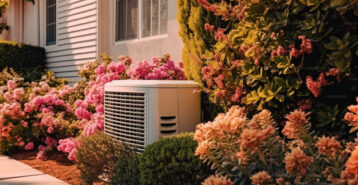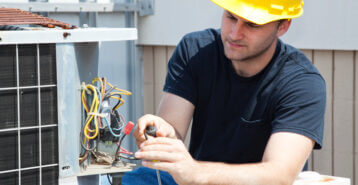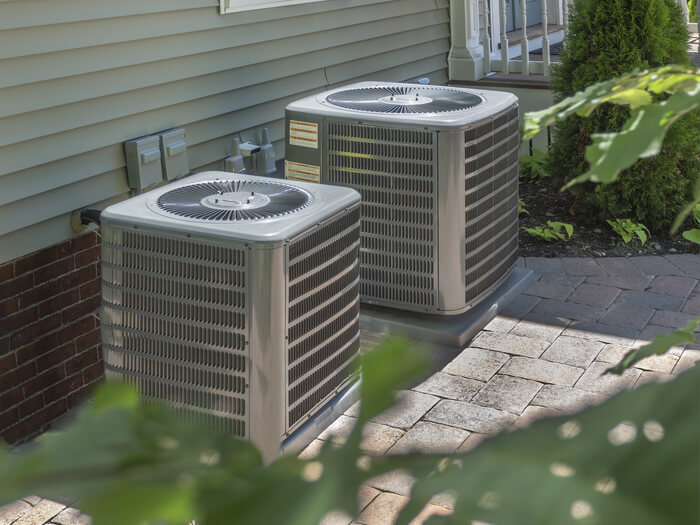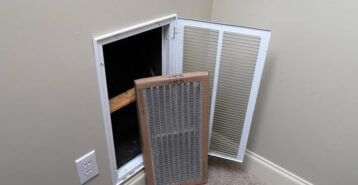As homeowners seek cost-effective and energy-efficient cooling solutions, the whole house fan has emerged as a popular choice. These ventilation systems promise to cool down the entire home while consuming significantly less energy compared to traditional air conditioning. However, before making the decision to invest in a whole house fan, it’s crucial to understand the cost breakdown, including the unit’s price, installation expenses, and the potential savings it can provide. In this article, we will explore the cost aspects of a whole house fan, compare it to alternatives, and determine whether it is a worthy investment for your home.
The cost of a whole house fan can vary depending on the size of the house, the size and speed of the fan, the type of motor, the fan brand, and the cost of labor. The typical cost range to install a whole-house fan is between $900 and $2,500, with a national average cost of $1,700.
Cost Breakdown of a Whole House Fan
- Whole House Fan Unit Cost: On average, a good-quality whole house fan can cost anywhere from $800 to $1,500 or more. Larger, more powerful units with additional features may fall on the higher end of the price spectrum.
- Installation Expenses: The cost of installing a whole house fan can also vary based on factors such as the complexity of the installation, local labor rates, and the accessibility of the installation location. On average, professional installation can range from $300 to $800. For more complicated installations or homes with limited attic space, the cost may be higher.
- Operational Costs: The operational costs of a whole house fan are significantly lower than traditional air conditioning. Since house fans use natural ventilation and do not rely on refrigeration, they consume much less electricity. The exact operational cost will depend on factors such as local energy rates, the frequency of use, and the fan’s energy efficiency.
Comparison to Alternatives
To determine whether a whole house fan is a worthy investment, it’s essential to compare it to other cooling alternatives in terms of cost and performance.
Whole House Fan vs. Air Conditioning
When comparing whole house fans to air conditioning systems, the cost difference is substantial. As mentioned earlier, a whole house fan can cost between $800 and $1,500, while central air conditioning systems can cost several thousand dollars to purchase and install. Additionally, air conditioners have higher operational costs, resulting in more significant long-term expenses.
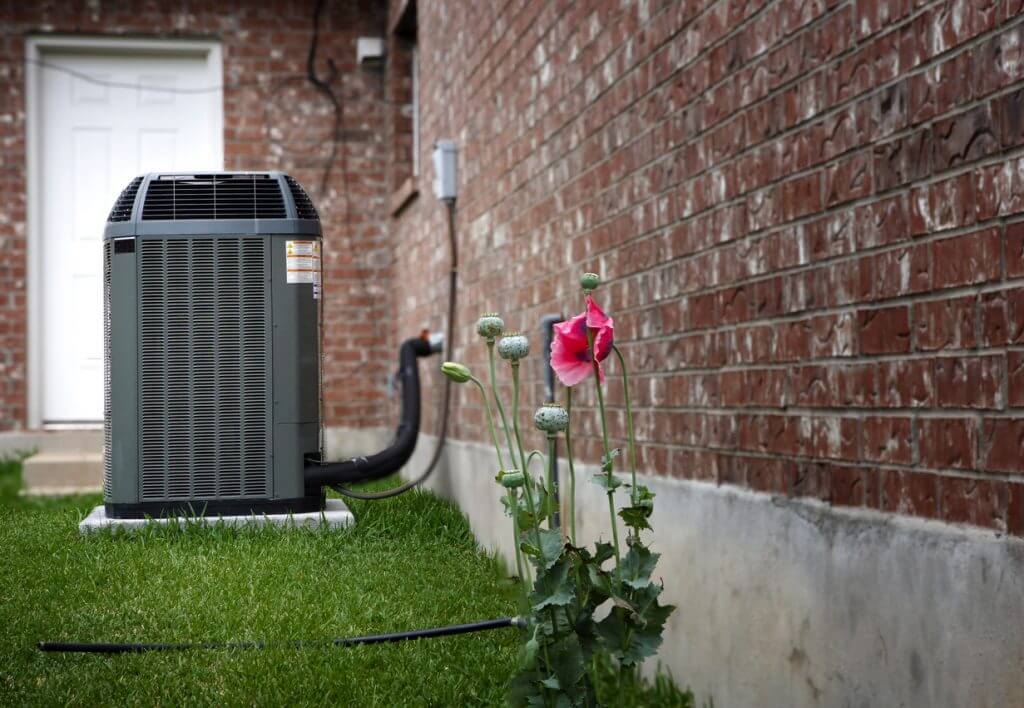
Whole House Fan vs. Window Air Conditioners
Window air conditioners are another popular cooling option for individual rooms or small spaces. While they are more affordable to purchase and install compared to central air conditioning, they can still be more expensive than whole house fans. The operational costs of window air conditioners can also be higher than that of house fans, especially if multiple units are used to cool various rooms.
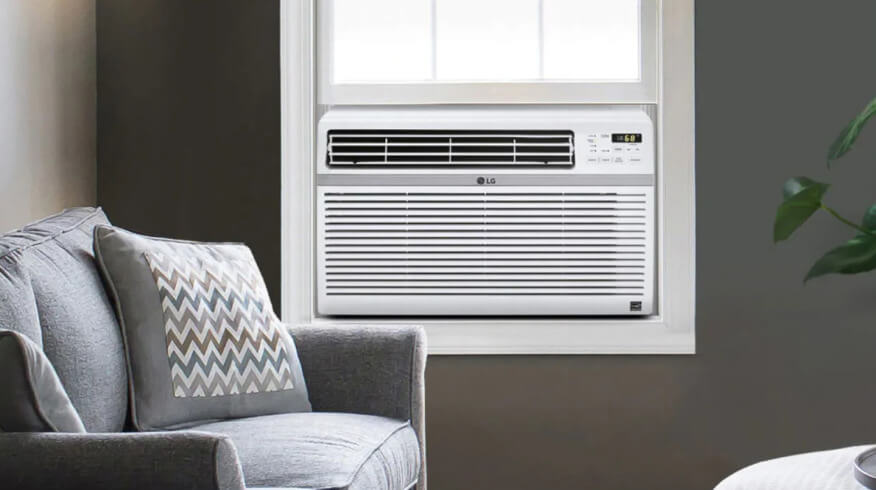
Whole House Fan vs. Evaporative Coolers (Swamp Coolers)
Evaporative coolers are an energy-efficient alternative to traditional air conditioning, particularly in dry climates. They work by cooling the air through the evaporation of water. While evaporative coolers can be cheaper to purchase and install than whole house fans or air conditioning units, they require a constant supply of water and may not be as effective in more humid regions.
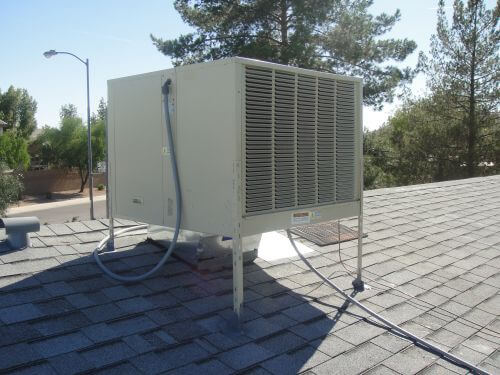
Is a Whole House Fan a Worthy Investment?
The answer to whether a whole house fan is a worthy investment depends on several factors, including your local climate, home size, cooling needs, and budget. Here are some considerations to help you decide.
Climate
Whole house fans are most effective in regions with cooler evenings and nights, where the outdoor temperature drops significantly compared to the indoor temperature. If you live in a hot and humid climate where the temperature remains high even during the night, a house fan may not provide as much cooling relief.
Home Size
The size of your home is an essential factor to consider. Whole house fans are generally more suitable for smaller to medium-sized homes. In larger homes, the cooling effect may not be evenly distributed throughout all rooms.
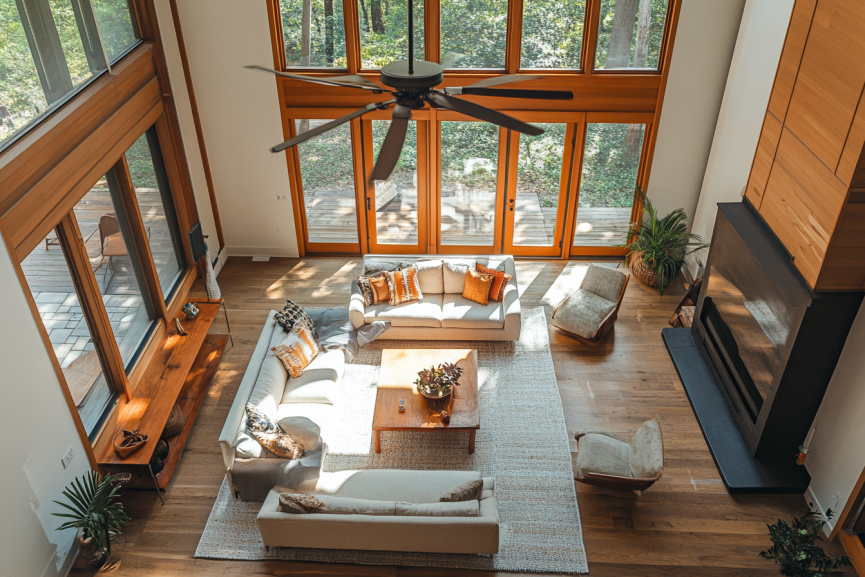
Cooling Needs
Consider your cooling needs and preferences. If you prefer a cool and conditioned environment throughout the day and night, even during the hottest months, a house fan alone may not be sufficient. You may need to supplement it with other cooling options, such as air conditioning or evaporative coolers.
Energy Savings
One of the main advantages of a house fan is its potential for significant energy savings. By using natural ventilation and consuming less electricity, a house fan can help reduce cooling costs during mild weather. If you are looking for a cooling solution that is more eco-friendly and cost-effective than traditional air conditioning, a house fan is worth considering.
Lifestyle and Convenience
Consider your lifestyle and how it aligns with the use of a house fan. Whole house fans require open windows and doors to function effectively, which may be a security concern for some homeowners. Additionally, if you have allergies or live in an area with poor outdoor air quality, opening windows may not be an ideal option.
Return on Investment
The return on investment for a whole house fan will depend on various factors, including the initial cost, installation expenses, and energy savings over time. It’s essential to calculate the potential savings from reduced cooling costs and weigh them against the initial investment.
Is a Whole House Fan Worth the Cost?

The cost of a whole house fan includes the unit price, installation expenses, and operational costs, which are considerably lower than traditional air conditioning systems. When compared to other cooling alternatives, such as air conditioning, window air conditioners, and evaporative coolers, house fans offer cost savings, energy efficiency, and eco-friendliness. However, their effectiveness depends on factors like local climate, home size, cooling needs, and lifestyle preferences.
For homeowners in regions with cooler evenings and moderate climates, a house fan can be a worthy investment, providing energy-efficient cooling during the milder months. Before making a decision, it’s essential to assess your specific needs and weigh the cost against the potential savings and benefits that a whole house fan can offer. With careful consideration and planning, a whole house fan can be a valuable addition to your home, providing comfort and cost-effective cooling for years to come.
Compare top-rated HVAC pros in your area.
Read real homeowner reviews, explore qualifications, and view promotions. Modernize makes it easy to browse professionals and find one that will be perfect for your project.






